Healthy Ketogenic Diet
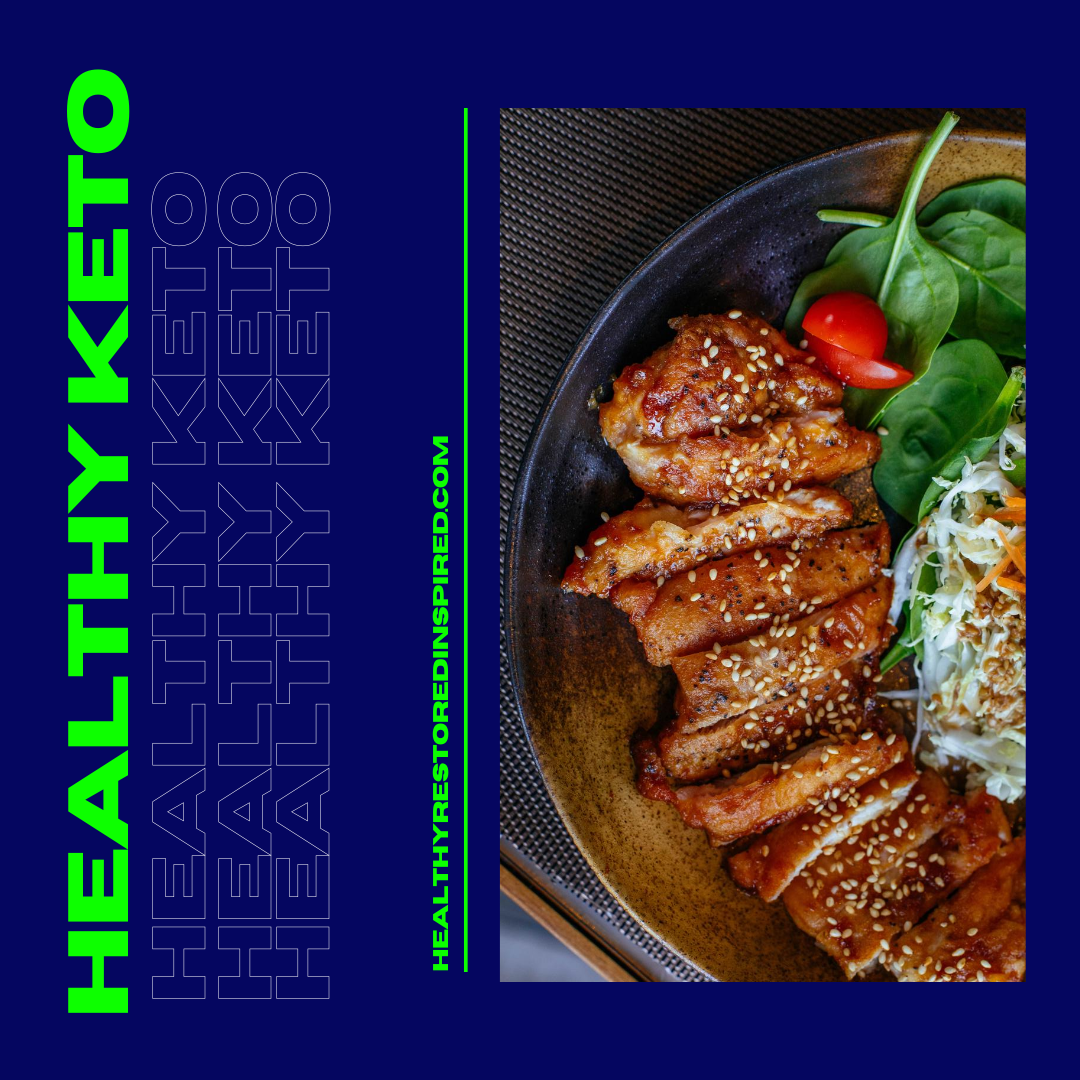
A ketogenic diet is intended to mimic the metabolism of fasting. The form has been used since 500 b.c. to treat epilepsy. Modern physicians introduced a refined version of the treatment in the 1920s and this treatment was used before modern pharmaceuticals created antiepileptic drugs that ushered in the decline of ketogenic treatments
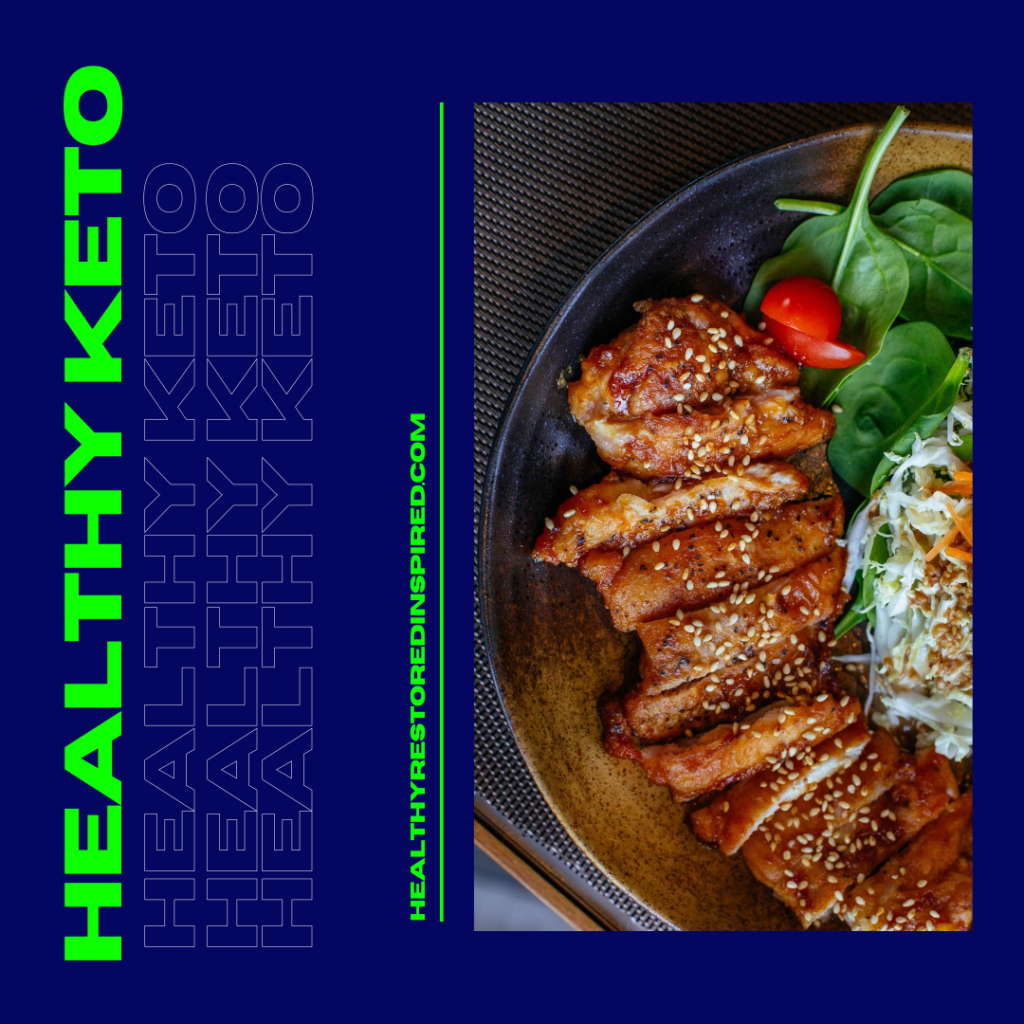
When following a ketogenic diet, one restricts carbohydrate intake, as the glucose, created by carbs, is depleted, the body looks to utilize another form of energy, and the liver takes fatty acids in the body and converts them to ketone bodies for energy. By suppressing the carbs, blood sugar will stabilize, and the body experiences fewer spikes which lower the need for insulin, this allows the body to maintain a state of steady ketosis.
Historically, the medical community has recommended a higher-carb, lower-fat diet. With the increase of processed foods and sugar being added to food products from soup to hot dogs, it’s no surprise that a Western diet has created high numbers of metabolic damage resulting in many unhealthy diseases and symptoms. Looking at Ancel Keys and the Seven Country study, (1) science has challenged the findings and the facts that were excluded when proving his hypothesis. (2) If our Science studies are accurate, why are we continuing to get sicker rather than healthier?
We must challenge our science community to remove tunnel vision in their research and to look at all factors. For the past 40 years, the country’s dietary recommendations were based on Ancel Keys and his 7 Countries Study findings. Claims have come forward that the data from 22 countries were available and he chose only 7 because it fit his hypothesis. Further, the study ignored the sugar and carbs relationship to damaging cells and how it leads to heart disease. The final recommendation from Ancel was more of a Mediterranean diet, why wasn’t that interpretation considered in macro recommendations? Other countries are now taking notice, making a difference in the scientific studies being conducted.
Ketogenic Diet and Health
Scientists have established that nutritional ketosis aids with Epilepsy, Type 2 diabetes, Polys Cystic Ovarian Syndrome (PCOS), and metabolic diseases, effectively reduces inflammatory conditions, and alleviates other autoimmune disease symptoms.
A healthy ketogenic diet has also proven effective with chemotherapy treatments for certain cancers. Cancer feeds off sugar and reducing the body’s ability to utilize sugar increases chemotherapy’s ability to kill cancer cells. (3)
Healthy Keto vs Dirty Keto
The ketogenic diet has come under fire as it gains in effectiveness for those seeking to reach wellness and shed weight. When our body receives whole foods like vegetables, fruits, and animal proteins, our very DNA is programmed on how to handle these macronutrients comprised of carbohydrates, protein and fat. When chemicals are introduced, the body pushes aside what it already knows to determine what should be done with them. This is one component of fat storage.
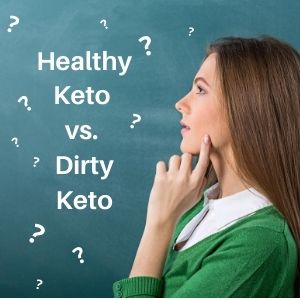
A healthy keto diet includes should begin with knowing the appropriate amount of protein one needs to maintain health. Healthy proteins include salmon, grass-fed beef, organ meats (already full of healthy fat) some low glycemic impact vegetables, and occasional consumption of berries, seeds or nuts.
Other ketogenic ingredients like almond or coconut flour, allulose, monk fruit, and multiple ounces of dairy should be less than a weekly occurrence. Eating to live and not living to eat is key to balanced wellness. Most find that a balanced ketogenic diet fulfilling and satisfying without the added ingredients.
Dirty keto often includes little to no vegetables, protein, and fats regularly sourced from food items that are not meant for daily consumption or in higher volume. These foods include multiple ounces of dairy, processed meats, and added fats that do not regularly occur in the item. Even fats like butter added to chemical-heavy foods are going to send your body into question mode, trying to figure out what to do with them.
On every platform of social media, there can be found someone praising their ability to drink diet soda, load up on sausage and cheese, and still drop weight. For every person you find with that story, others gain weight, get discouraged, and quit. Some find their cholesterol and blood pressure skyrocketing on a ketogenic diet. Typically, their ketogenic diet included keto sweets and comfort foods loaded with dairy, low-carb flour, peanut butter, and nuts. They may have lost initial weight or gained weight consuming these foods.
The Greatest Keto Myth Ever Told
Mainstream Keto advocates will preach that consuming 70-80% of your calories from fat is the only way to lose weight and feel well on a keto diet. The truth? If 70-80% of your calories are coming from fat, the body isn’t consuming enough nutrients to maintain health. This typically means the body is wasting muscle tissue to survive and why there are documented cases of muscle detachment. When the body feels stressed, it spikes cortisol and will hold onto fat cells as long as possible. Fat consumption plays no part in a body entering ketosis. Ketosis is a way to mimic fasting. When we consume protein based on our lean body mass (LBM), typically .8-1.0 x LBM (more if we suffer from autoimmune and metabolic conditions, or are over the age of 40), and add in a variety of vegetables that do not impact blood sugar, the body is getting the nutrients it needs.
How Much Fat Should I Eat?
The minimum amount of fat we need each day is around 30-40 grams. This allows the body to absorb fat-soluble vitamins. Beyond that total, it should be to achieve satiation. When people have severe insulin resistance, high amounts of fat will elevate blood sugar, keeping the person from reaching ketosis. This is another situation that needs to be researched. A decade ago, many people on a keto diet were claiming that they became insulin resistant while practicing a keto diet. Those who reduced the amount of fat and focused on adequate protein were able to consume some carbs without extreme impact on blood sugar but it took time. So if you are choosing to go the “dirty keto” route or 75+% fat diet, know that there are severe consequences when you do not provide your body with the nutrients it needs to function.
What Can I Eat on Healthy Keto?
A healthy keto diet is similar to other whole foods diet plans with an exception, no grains, starchy vegetables, high sugar fruits and vegetables, and no sugar.
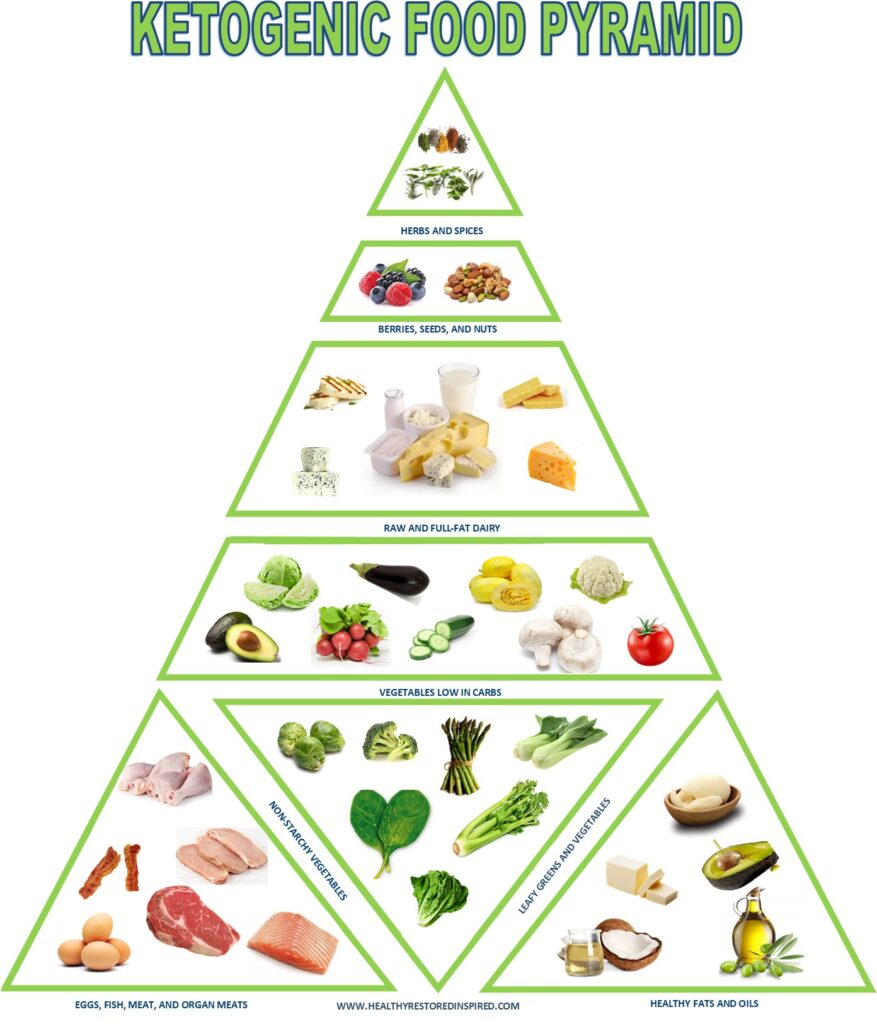
A great example of a ketogenic dinner would be Grilled Salmon with garlic butter, served with a side of asparagus, 2 cups of leafy green salad topped with a few slices of cucumber and drizzled with extra virgin olive oil. Another example of a ketogenic breakfast would be 3-6 eggs (depending on your protein needs), and a serving or two of chicken or turkey sausage with half a small avocado. For those who suffer from gut health issues, you will need to try an elimination diet from all vegetables for 2 weeks and add 1 vegetable at a time to determine your tolerance.
Proteins
Choosing protein with naturally higher fat content will keep you sated longer vs adding in fats. For instance, the fats found in meat, fish, seeds, and nuts can contribute to heart health.
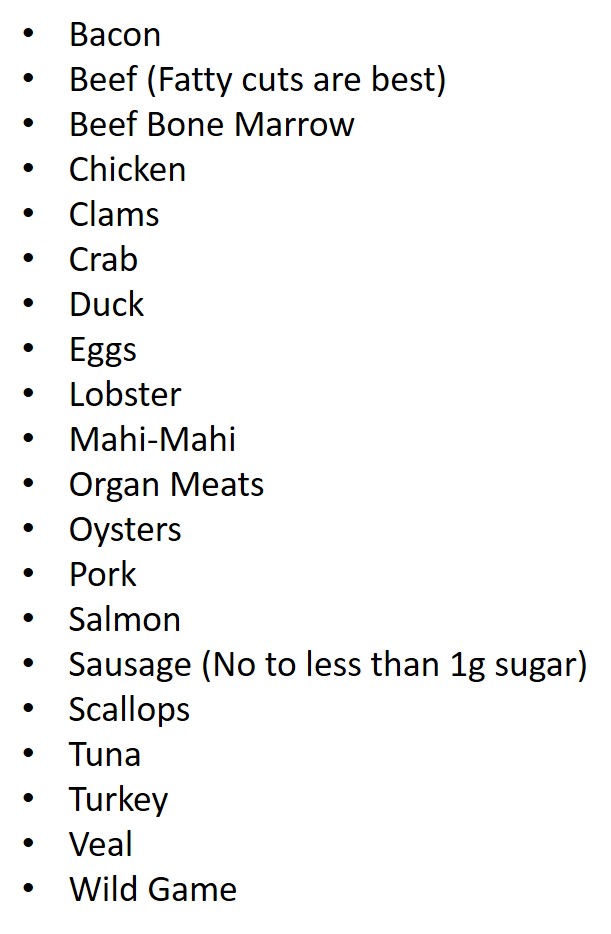
Bacon is a common ingredient in Ketogenic cooking, most local meat processors allow you to order bacon without adding sugars or dextrose. The same option applies to sausage as well. With that being said, if you have inflammation issues, eliminating all pork from your diet may be necessary. Pigs do not have sweat glands, the toxins normally released through sweating do build up in the meat and can promote inflammatory responses. Beef bacon is an excellent substitute.
Grass-fed beef will provide you with the greatest health benefits for cholesterol and blood sugar control. (4) (5)
Fish should be wild-caught and sourced from waters known to be free of most pollution.
Be aware that canned meats can have added oils and preservatives. When sourcing canned meat, look for fresh packed-in oils that are from cold-pressed or naturally occurring sources.
Fats
While choosing fatty cuts of meat help with feeling sated, you are allowed to add additional fats to enhance flavor and increase your ability to feel full. Once you become fat-adapted on a ketogenic diet, you will need fewer fats to keep sated until reaching goal weight.
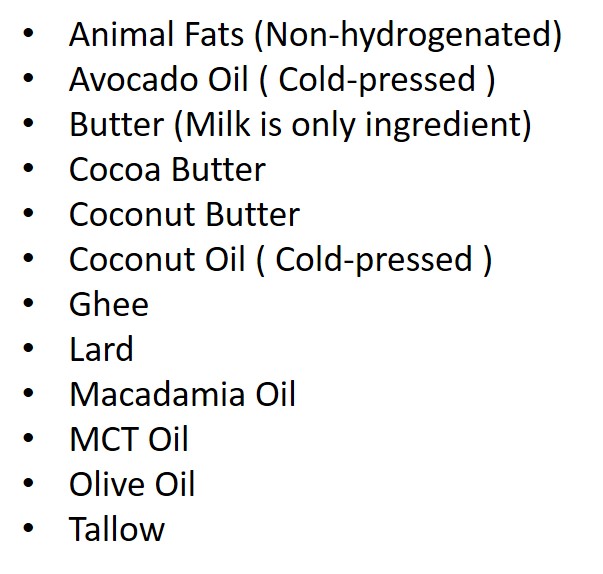
Oils you should never eat with a healthy eating plan include Canola, Vegetable, Soybean, Corn, and Cottonseed Oils. These oils are known to contain high ratios of omega-6 and promote inflammation. They also impact liver function.
Butter tends to be a loose term in marketing. Butter-like foods include titles like margarine or “spreads” and are made from plant blends vs. dairy. When sourcing real butter, the only ingredient(s) should be cream and/or salt. Lard, while listed as a keto food should be noted that real lard does not contain chemicals in its ingredients. Natural lard has a higher amount of monounsaturated fats than butter.
Vegetables and Fruits (The primary source of carbohydrates on a Keto Diet)
Where many eating plans allow for high amounts of vegetables and fruits, the amount of naturally occurring sugar can hinder weight loss for many, especially those dealing with metabolic damage. Sugar, even naturally occurring, still raises blood sugar levels and creates a higher demand for insulin. The purpose of a ketogenic eating plan is to mimic a fasted state, this cannot be accomplished unless the need for insulin is greatly reduced.
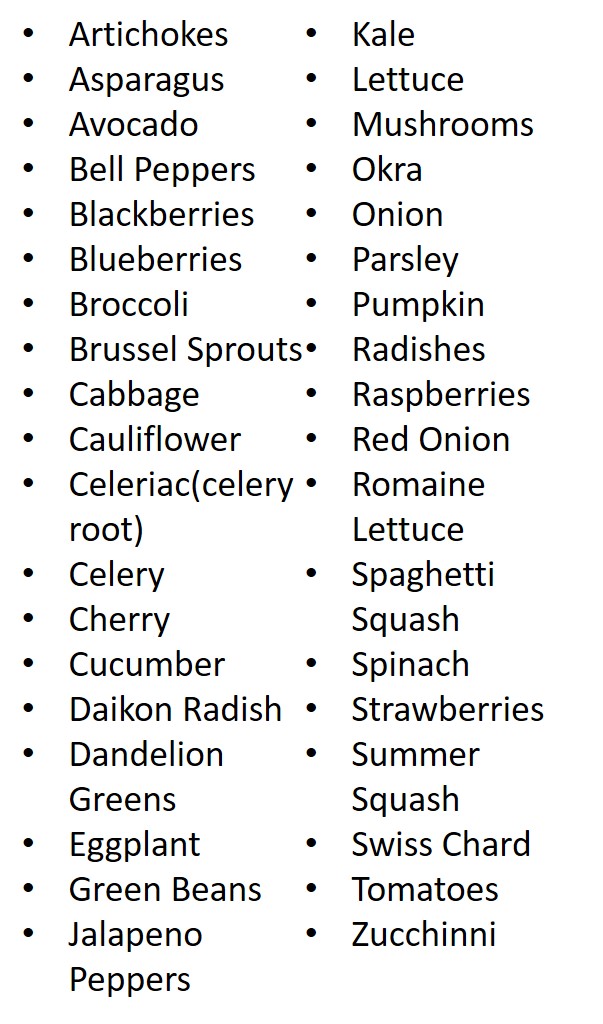
By choosing produce with lower carbohydrates and natural sugar, the body can maintain a metabolically fasted state while still maintaining proper nutrition. Serving sizes vary for each and you will need to know the nutritional macro breakdown for each vegetable.
Leafy green vegetables will provide greater amounts of vitamins and minerals and the reason they are next to meat in the Ketogenic Food Pyramid.
Electrolytes
Electrolytes are minerals that are components of just about every function in the body, from heart and muscle health and contraction to bladder function, energy level, and brain function.
When you are on a ketogenic diet, removing most carbs from the diet means the body will produce less insulin. Once in ketosis, the cells stop retaining water and begin excreting it. This is why many starting out with ketogenic find they have frequent urination and increased sweat.
Those beginning a ketogenic diet will notice a feeling of less bloat as they shed water weight. While this is a good feeling, the body is also losing essential vitamins and minerals along with the water. This is where a well-formulated healthy ketogenic diet will aid in reducing the feelings some experience called “Carb Flu” or “Keto Flu”
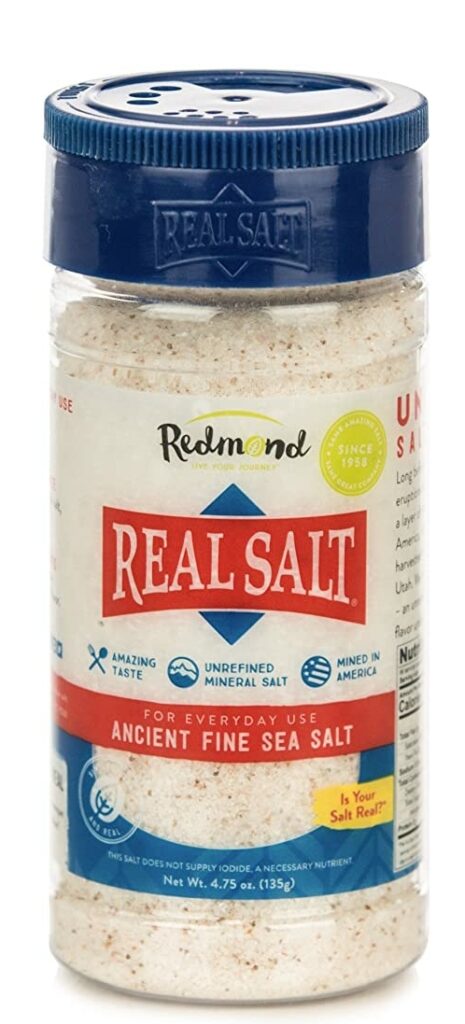
If you conducted a search for electrolytes, you’ll find hundreds of offers to products claiming to provide consumers with all their electrolyte needs. While you can fully manage electrolyte intake without purchasing these products, this link details some of the better products. (4) The drinklmnt.com website provides a recipe to create your own mix or you can purchase from them. The 3 key minerals to focus on our potassium, sodium, and magnesium. Other options are to add Trace Mineral Drops to water prior to drinking with a few sprinkles of real salt.
Electrolyte-filled low-carb foods include leafy green vegetables, nuts, and dark chocolate. (YES, I said dark chocolate)
Most Important Electrolytes to Track
Magnesium – Magnesium helps with hormone regulation, muscle function, energy levels, sleep regulation, and even constipation. Eating foods high in magnesium has been shown to greatly reduce food cravings. Foods high in magnesium include dark leafy greens like spinach, seeds and nuts.
Potassium – Potassium regulates the heartbeat and blood pressure levels. Foods high in potassium include avocados, nuts, mushrooms, leafy vegetables, and meat.
Sodium – Sodium should be monitored constantly at the beginning of a ketogenic diet. I know, we’ve all been told to avoid salt at all costs. Those recommendations apply to a typical western diet filled with processed foods. When eating a whole foods diet, adding salt is ensures adequate sodium intake.
Hydrate Wisely
I cannot stress the importance of getting enough water while on a ketogenic way of eating. Depending on your activity level, this will be between 90 and 130 ounces of water a day or more. By ensuring that you are consuming an adequate amount of electrolytes, you enable the body to absorb the water. Without getting enough electrolytes your body absorbs the water.

Bottled water is typically filtered to ensure clean drinking water, however, this process also removes the trace minerals naturally found in water. A pinch of sea salt into filtered water will return those electrolytes filtered out.
As mentioned before, bringing the body into nutritional ketosis triggers the body to release stored water, increasing your consumption will keep the body in balance and reduce any possibility of having ill effects on the body.
Tracking Macros
Macronutrients fall under three categories, fat, protein, and carbohydrate. The human body can maintain function while restricting fats and/or carbs, protein must be met. When beginning a ketogenic diet, tracking the number of carbs, fats and proteins consumed daily is helpful to stay mindful. After years of eating keto, I still go through phases where it is necessary to track my carb and protein intake.
The recommended amount of protein is to calculate your lean body mass and multiply that by .8 as a minimum amount to consume. If you are over age 50 or have autoimmune or metabolic diseases, increase to 1.0-1.2 x lean body mass. Another protein tip, get 40-50 grams of protein at breakfast for all-day energy. Borrowing or purchasing a food scale to measure pre-cooked protein is great. I say borrow because it only takes a few weeks to get a feel for what your portion sizes should be.
Condiments, cheese, seasoning, and other items we add to recipes have a surprising amount of hidden carbohydrates. By tracking them, it will allow you to source those hidden culprits and find low-carb alternatives. Barbecue sauce, ketchup, taco seasoning, and salad dressings are examples of sneaky hidden carbs. Pre-shredded cheese contains anti-caking agents that have carbs, buying block cheese and shredding yourself eliminates those carbs (plus it’s cheaper)
There are a couple of great apps for tracking your macros, My Fitness Pal, Carb Manager and Lifesum Health App, all good tools to try out. Keep in mind, the information listed for each food item is only as good as the person who placed it into the app. While it will take a bit of your time in the beginning, you’ll only have to enter the food information once. You can also use the already-entered foods as a guideline to stay within your macro percentages.
Weight Loss With Health Conditions?
Keto has been scientifically proven to aid in relieving and reversing symptoms for many suffering with metabolic conditions, autoimmune diseases, and type 2 diabetes. I always chuckle when I hear skeptics say its not a sustainable way to eat and then recommend high carbs even though they know

